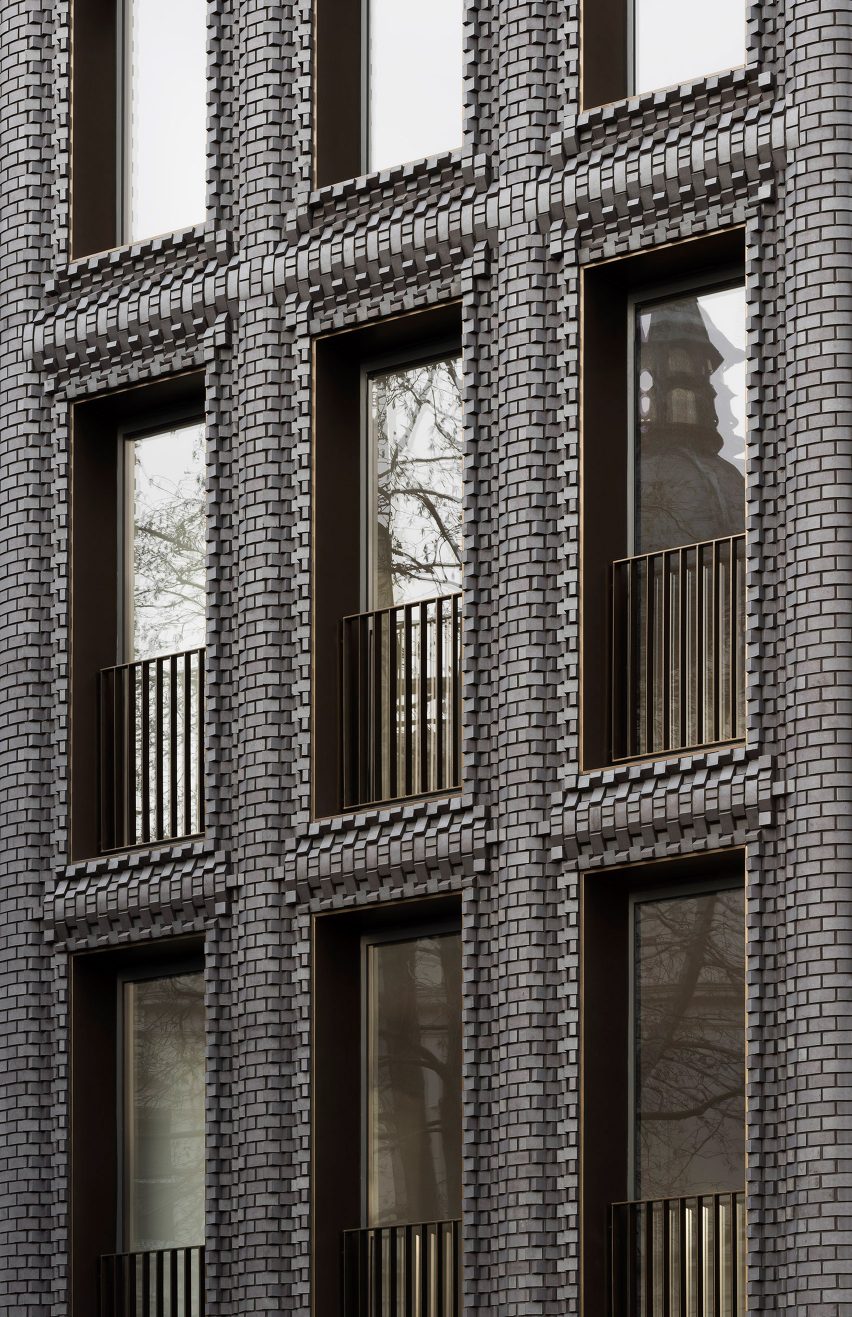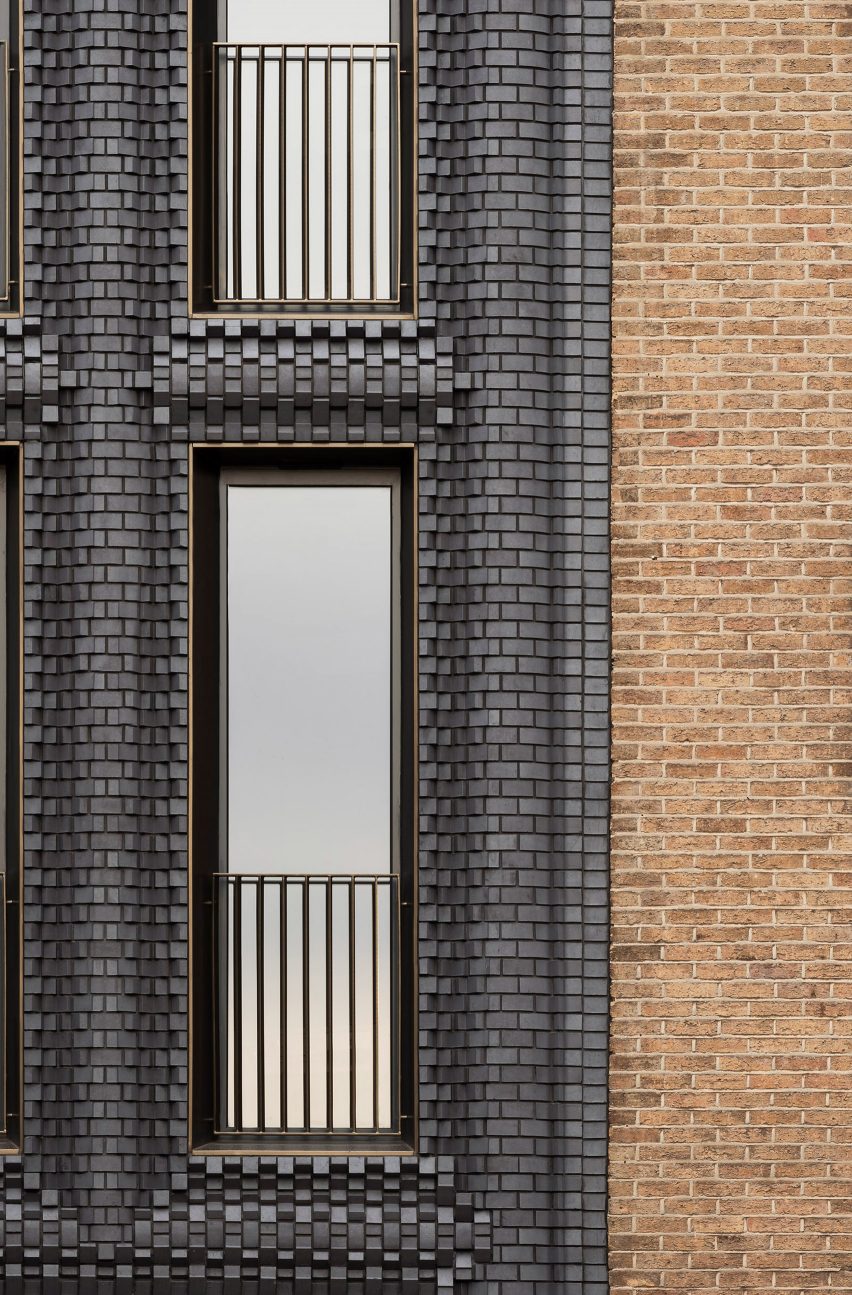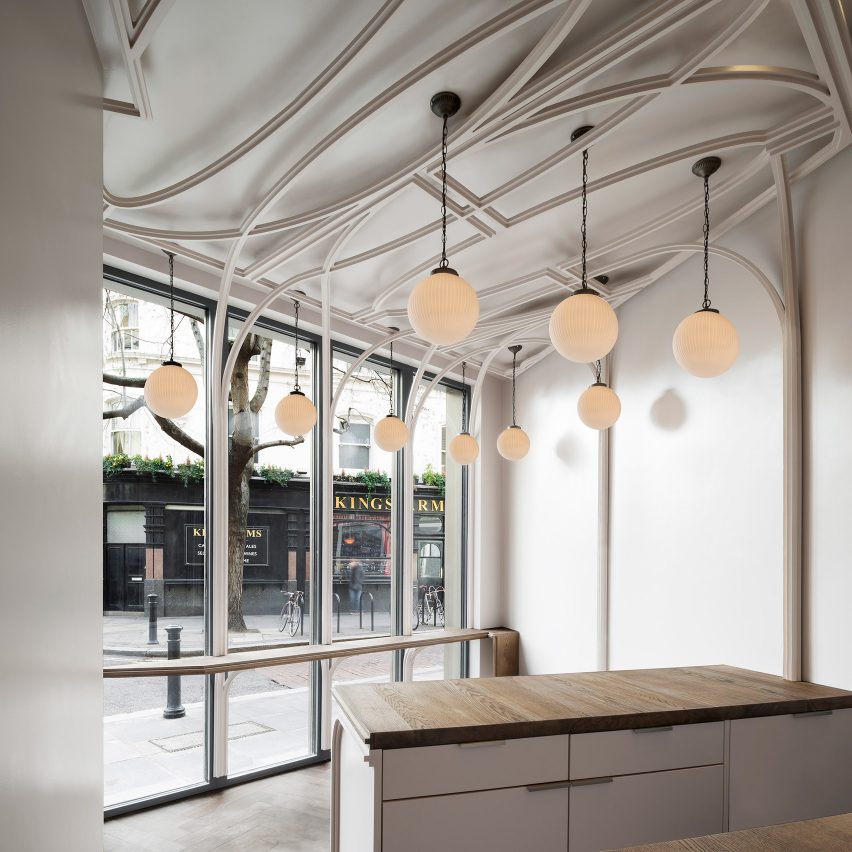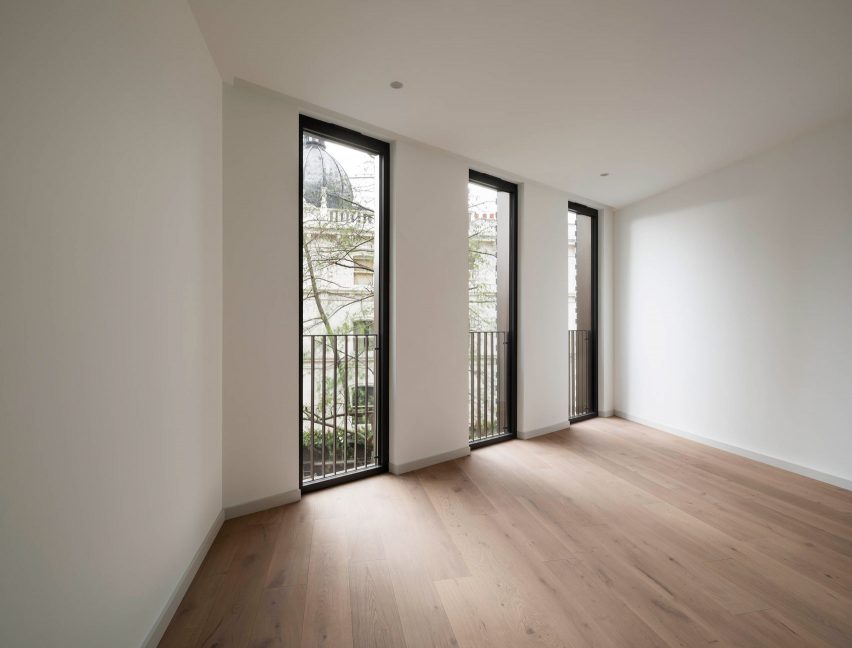The Interlock is a mixed-use building in London that was designed and built by Bureau de Change. The exterior of the building is made from matt blue bricks that “appear to twist like gears.”
✅ Best Coffee Table for Cafe
Quality table, sturdy, looks really nice – This table is great! The color is super nice and is very similar to the listing. Overall the table feels very sturdy. The table top does feel more plasticy than wood, but it looks like wood from afar which is nice. For the price point you can’t beat it. It’s perfect for a small space!
✅ Best Outdoor String Lights Commercial Grade Weatherproof Strand
Good Value Look Great So Far! – Well packed, and when you hung the lights, you really liked the weight of the cord. The light is just perfect.. Perfect ambiance.
✅ Best Wall Hanging Sign For Coffee Shop
Cute Retro Sign – Solid piece. Perfect size for my coffee area. It Doesn’t feel cheap at all. On/off switch is on the bottom (not the back) so its very easy to turn on and off.
Within a Fitzrovia terrace dating back to the 19th century, the five-story structure that was designed by Bureau de Change for the developer HGG London was intended to fit in.

It was built to have proportions similar to those of the buildings that are next to it, but it challenges the typical façade of those other buildings by using black bricks that bulge over the floors and windows.
Katerina Dionysopoulou, one of the company’s co-founders, mentioned that they were interested in “taking these very traditional proportions and in some way subverting it, like a puzzle box that seems familiar and reveals a hidden complexity that increases the more you interact with it.” “We were interested in taking these very traditional proportions and in some way subverting it,” she said.

The exterior of The Interlock is constructed with a total of 5,000 handmade bricks made from Staffordshire Blue clay and ranging in size from small to extra large.
In the stages leading up to its construction, the facade was subjected to intensive modelling in order to establish whether or not the required relationship could be achieved structurally. After that, a one-to-one template was utilised on site to map out the location of each brick as the building was being constructed.

Billy Mavropoulos, who was also one of the founders of Bureau de Change, said that the company was “walking the border of what would be technically viable.” “However, by going through this procedure, we were able to locate a spot that was not only constructible but also provided the richness and movement that we were aiming for.”
London home extension by Bureau de Change Architects options darkish blue kitchen and shiny white lounge
The Interlock has three residential models, a ground-floor café, and a gallery space in the underground level that may be used to hold exhibits, seminars, and discussions.

The dimensions of the flooring decreased with the progression of storeys, producing a staggered appearance towards the building’s back.
Because of this, the interior spaces of the Bureau de Change building are awash in natural light thanks to the building’s many skylights and deep light wells.

The interior design of the residential versions is kept to a minimum and has a “elemental palette” of terrazzo bathtubs, pure stone countertops, sprayed-timber kitchens, and oak flooring. Oak flooring is also used throughout.
In a similar manner, the café on the ground level has whitewashed walls and wood counter tops, which serve as a contrast to the unadorned exterior.

It serves as a contemporary interpretation of ornate plasterwork and is faced by a transparent wall that has mullions that protrude out to the ceiling like “ribbons.”
The Interlock is the most current of a series of projects that have been completed by Bureau de Change in the city of London, where the company has its headquarters.
In addition to the Made.com shop in Soho, the company constructed a concrete house expansion in Clapham. The extension has rooftop plants as well as a couch that opens out to the rear.
Photography is by Gilbert McCarragher.



